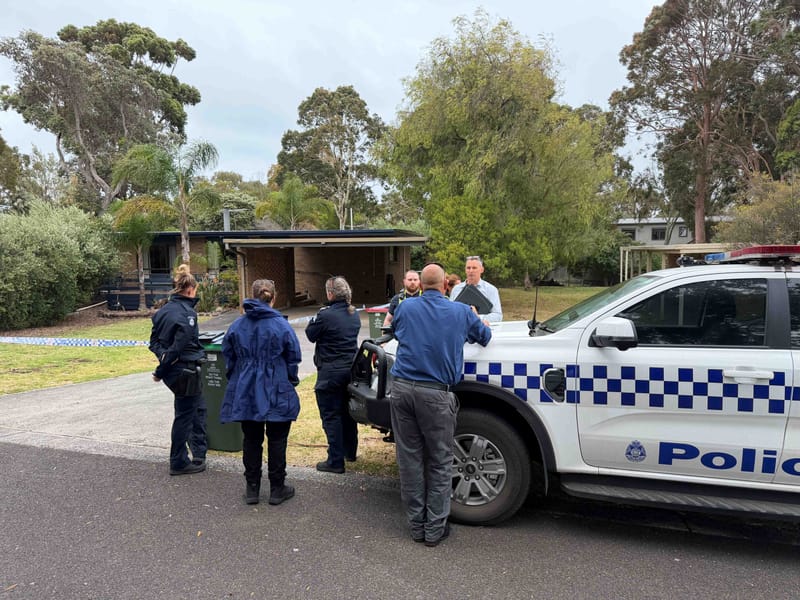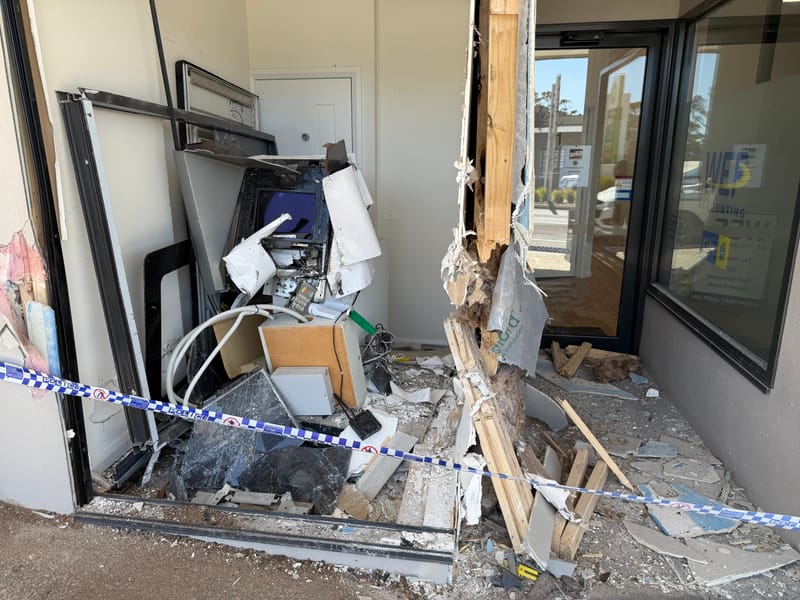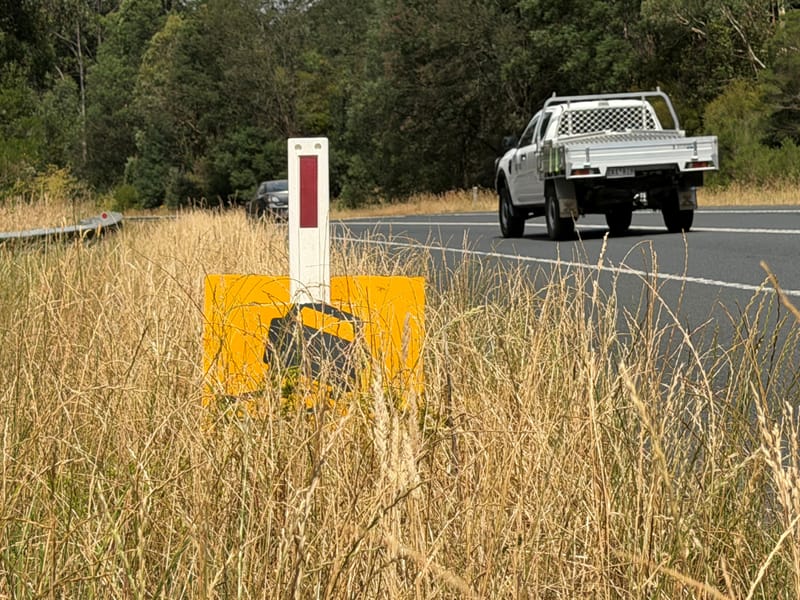'Regional renaissance... is here to stay', they say
A feature of the event was the release of the ‘Regionalisation Ambition 2032 - Year 1 Progress Report
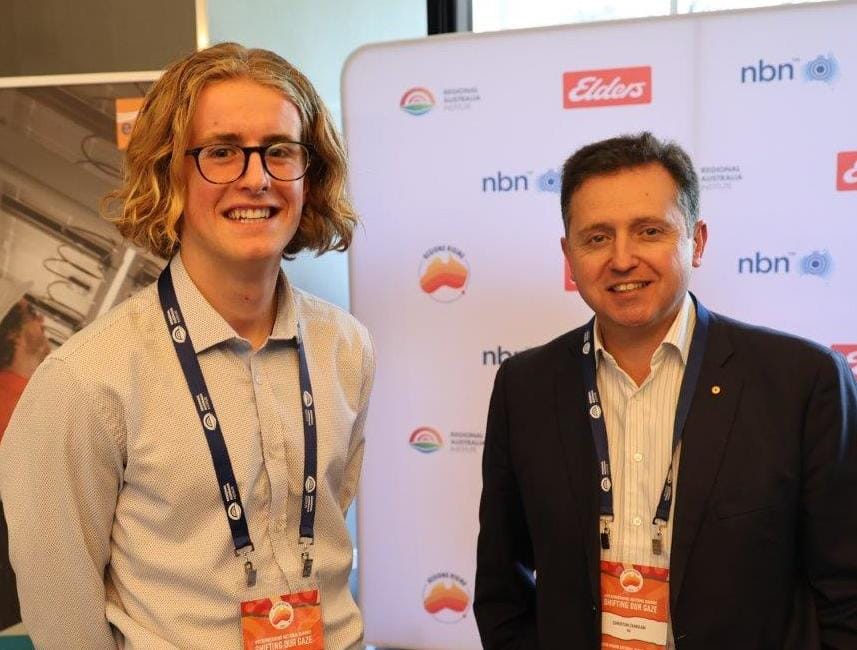
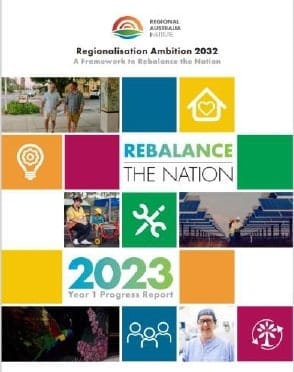
Today in Canberra, CEO Regional Australia Institute (RAI), Liz Ritchie, unveiled the Regionalisation Ambition 2032 (Year 1) Progress Report, at the Regions Rising National Summit – Shifting our Gaze.
Fewer than a handful of Gippslanders were there to hear it; among theme Sara Rhodes-Ward the Regional Director Regional Development Australia Gippsland, Tony Wolfe Renewable Energy Advocate RDA Gippsland and former Foster Secondary College student Harrison Garlick.
Of course, former South Gippsland Administrator and Member for McMillan, Christian Zahra was also there, at the Hotel Realm in Canberra, as Chair of the RAI.
The two-day forum covered a lot of ground, but you know what, regional Australia is looking good, on the cusp, possibly, or greatness.
In fact, we're told that "the regional renaissance we are experiencing is here to stay."
A feature of the event was the release of the ‘Regionalisation Ambition 2032 - Year 1 Progress Report.
“At its core, it highlights that regional Australia is a better place to live, work and invest than it was 12 months ago,” said Ms Ritchie.
“I hope by now, many of you would know that the Ambition is underpinned by five key pillars; Population, Jobs & Skills, Liveability, Productivity & Innovation, and Sustainability & Resilience.
“Whilst we have made some meaningful progress on the 20 targets to ‘Rebalance the Nation’ over the last 12 months, housing and growing the regional workforce need urgent focus. These are the two areas of weakness which are hampering the advancement of our regions.
“More than 90,200 jobs were advertised in regional Australia in July this year – 2.7% higher than this time last year. Meanwhile, metropolitan jobs declined by 10%. The Ambition set a target to reduce recruitment difficulty in regions to below 40%. Today’s figure stands at 69% (up from 64% a year ago).
“The rental vacancy rate in regions has increased from 1% to 1.5% – and is higher than capital cities (1.1%), but monthly building approvals in the regions have declined. Regional Western Australia recorded the largest drop in average monthly building approvals at 41.1% followed by regional Victoria at 38.4%, with both regional Queensland and New South Wales recording a decrease of around 15%.
“As a nation, however, we have moved in a positive direction on education, digital inclusion, overseas migration, and wellbeing. Today, we celebrate our collective first steps taken in this 10-year plan.
“We have seen population in the regions increase from 9.5 million to 9.6 million; the number of childcare services in regions has increased by 5.2%; the proportion of overseas arrivals in regions has increased from 17.4% to 18.5%; and over half of employment in renewable energy generation has been in the regions.
“On stage this morning, I referred to our recently released research – Big Movers 2023 – which has shown us that the regional renaissance we are experiencing is here to stay, with more people than ever voting with their feet, and millennials are leading the charge.
“Economic modelling tells us that Australia will be better off with more balanced population growth. We know regionalisation is a sound strategy for not only strengthening our nation’s economy, but to help shape a stronger future for Australia’s wellbeing and living standards, our resilience to economic shocks and natural disasters, and our capacity to manage a changing demographic.
“The last 12 months haven’t been easy, with rising inflation and interest rates. For regional Australia to have made the gains it has in the last year is commendable. We should celebrate the first steps we’ve taken as Ambition enters its second year.”
· More about Harrison Garlick’s insights to follow.
Find a copy of the report at: https://www.regionalaustralia.org.au/



